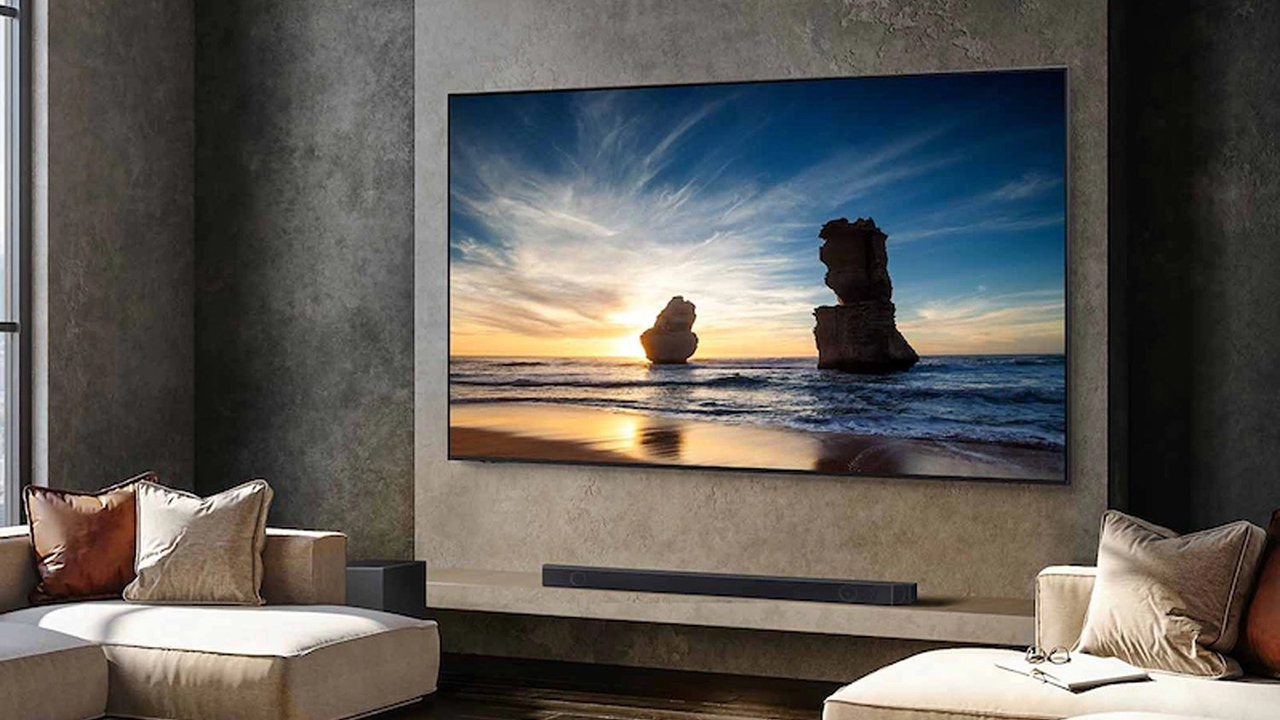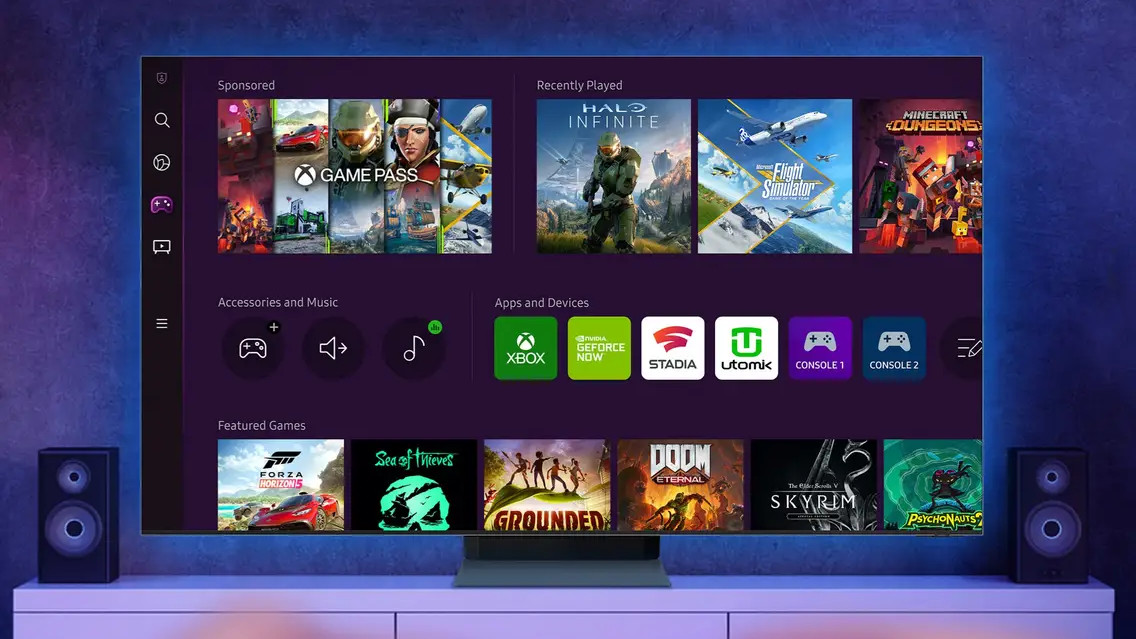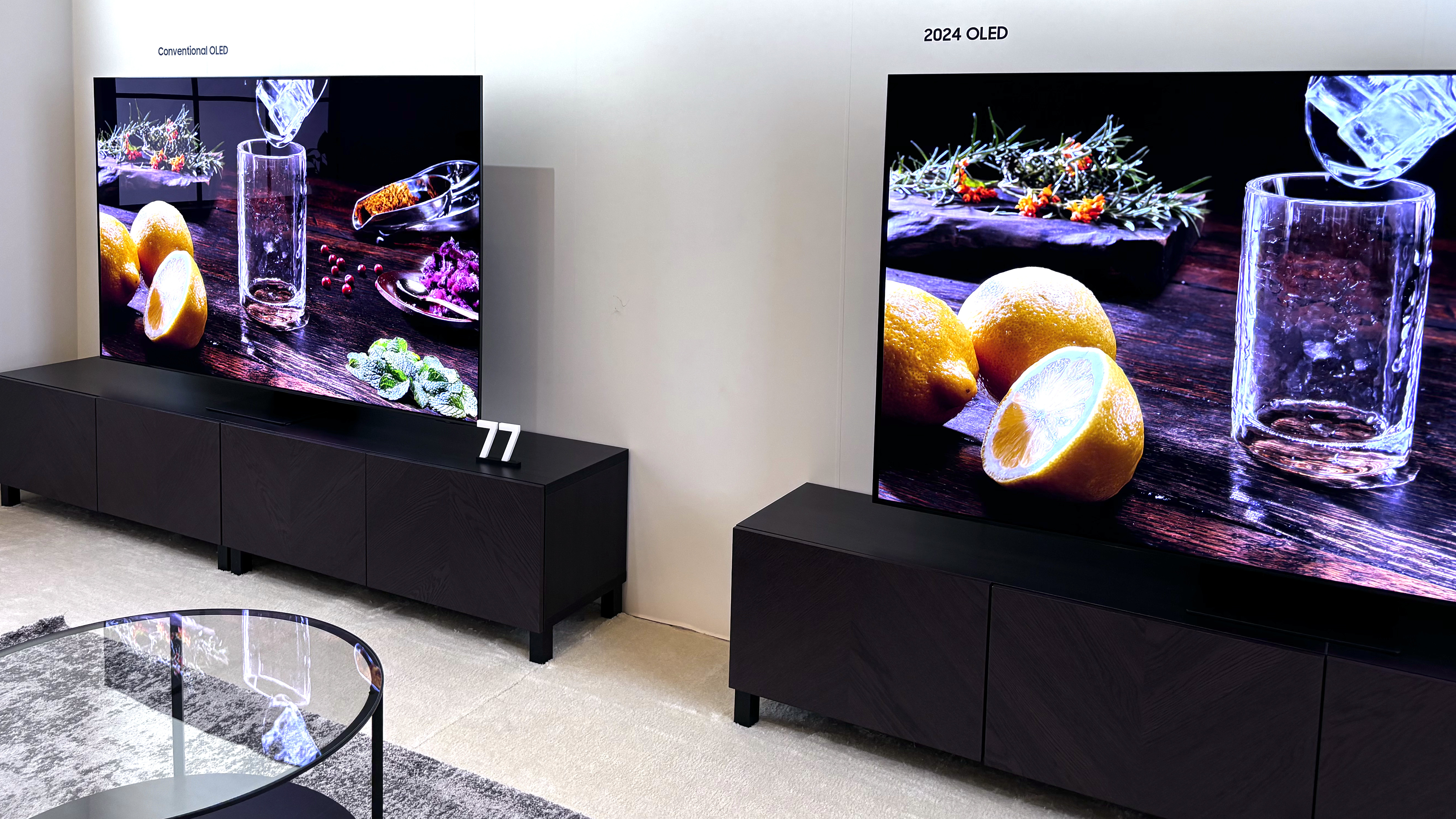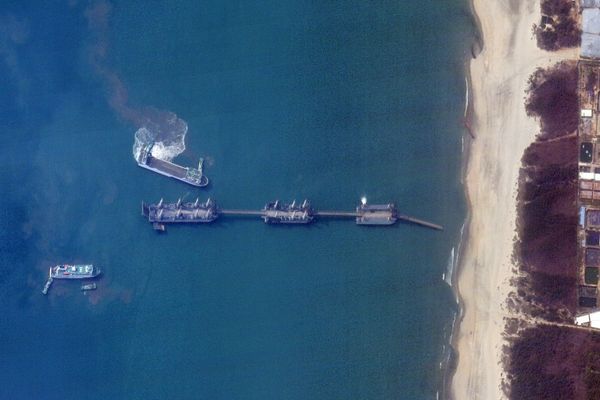
As I say goodbye to 2024, I find myself thinking about the future of TVs. I’ve seen a slew of Samsung TVs in the last 12 months, and it feels to me like the brand might be on the precipice of some major developments.
With CES 2025 upon us, I’m developing a wish list of everything I’d like to see from Samsung’s 2025 TV lineup — everything from its Neo QLED TVs to its OLEDs. The brand is staying tight-lipped about its TVs until the show, but there’s still time for wishcasting.
A new, simplified Smart Hub experience

The best aspects of Samsung’s built-in, Tizen-based smart platform are its robust app support and the inclusion of Samsung Gaming Hub, which is a portal to various cloud gaming services. Unfortunately, only minor improvements have been implemented in recent years to address the software’s biggest issue: Sitting down and using it is always a bit of a drag.
It’s time to spruce it up a little. More importantly, it’s time to simplify the navigational experience. If Samsung won’t put an input button on its remote, let’s compromise with an easy way to swap inputs that doesn’t involve taking the proverbial scenic route through the home screen.
Better QD-OLEDs in more size options

It would absolutely shock me if Samsung didn’t unveil a fourth generation QD-OLED flagship to follow in the footsteps of the Samsung S95D (our current pick for the best QD-OLED for most people). If history holds, Samsung will also announce a follow-up to its more affordable QD-OLED, the Samsung S90D.
But right now, if you want to splash out on a 42-, 48- or 83-inch S90D, you won’t be enjoying the benefits of quantum dots, as these models are built around standard WOLED panels.
If history holds, Samsung will also announce a follow-up to its more affordable QD-OLED.
It might take some clever engineering, but these size options ought to be brought into the fold for future QD-OLED Samsung TVs. The more versatile and affordable the technology gets, the more people are able to tap into it.
At the very least, it makes more sense to separate the non-quantum-dot-enhanced models out into their own series than to make them share shelf space with sets that feature altogether different display technologies.
(I suppose there’s an argument to be made that this already sort of happens with LED TV series that feature different panel types across various size points, but this is a discussion for another article.)
An ultra-affordable Neo QLED
Neo QLED is Samsung’s designation for the TVs in its catalogue that blend Mini-LED backlighting with quantum-dot color. Samsung happens to be quite good at blending these display technologies, but nearly every major brand offers up their own take on how they ought to work together. Many of them are available for far less than what you’d spend on the most affordable version from Samsung.
The most affordable Samsung TV this year that features Mini-LED backlighting is the Samsung QN85D. Its previous price was around $1,900 (for a 65-inch version), but has since fallen to between $1,200 and $1,500. As far as 2024 Samsung TVs go, any model below the QN85D will not feature Mini-LED backlighting.
Without even thinking about which TV performs better or offers a better set of features, consider this: At the time I’m writing this, the 65-inch Hisense U7N can be had for around $900. It blends Mini-LEDs and quantum dots, just like the QN85D. They’re different TVs with different sets of features (and you might have a preference between the two), but if you’re looking for a QLED with Mini-LED backlighting at this price point, Hisense has you covered. The same can be said for TCL, as the TCL QM7 delivers Mini-LEDs and quantum dots, too — for an even cheaper price than the U7N.
Expanding the Neo QLED lineup to include a highly competitive, mid-range model would shake up the shelves.







